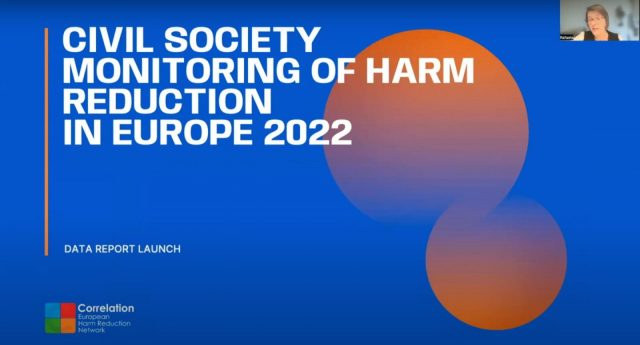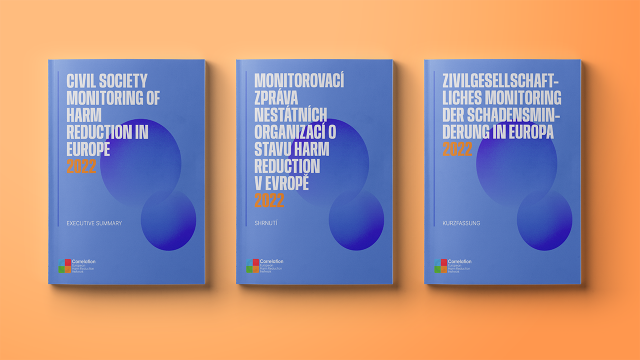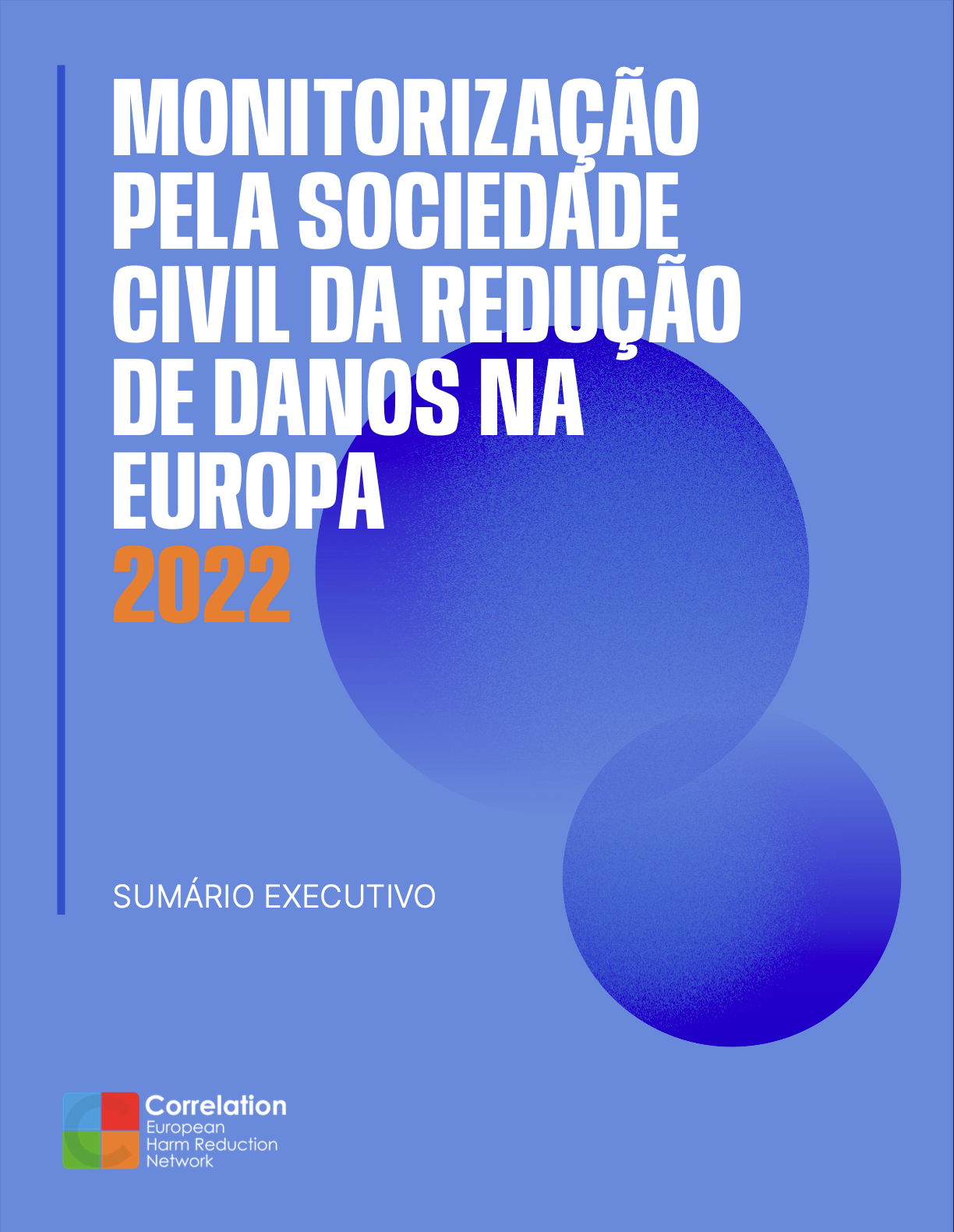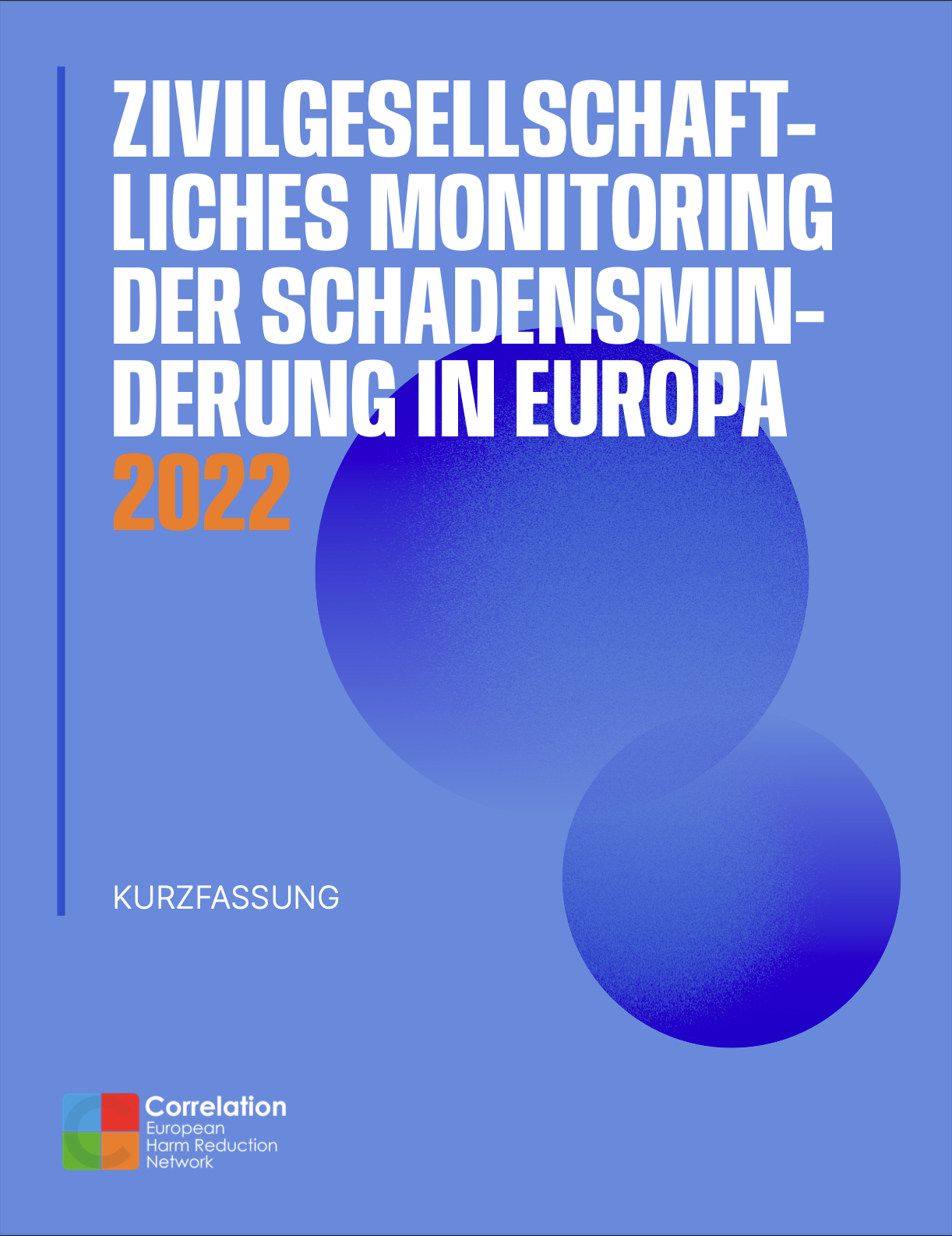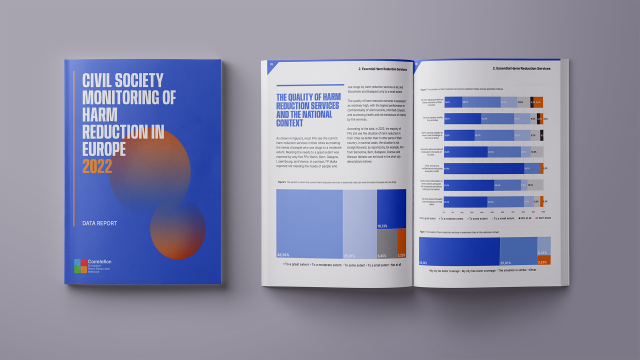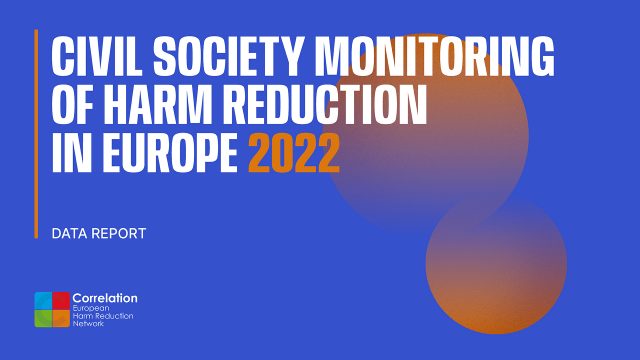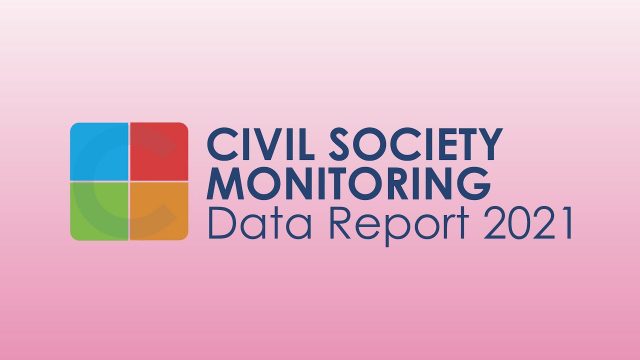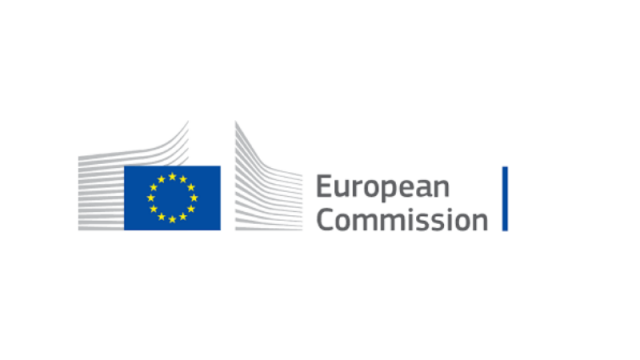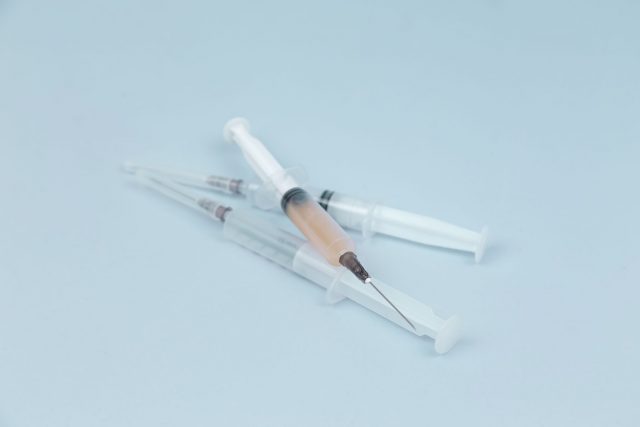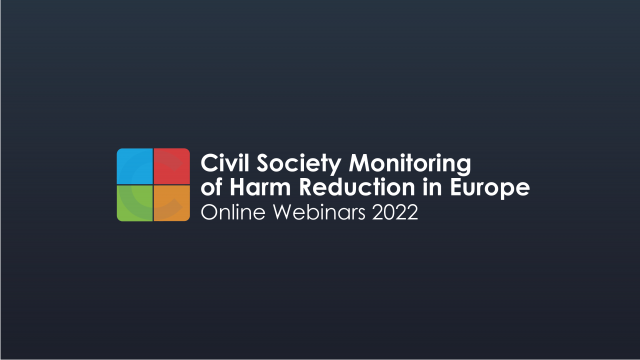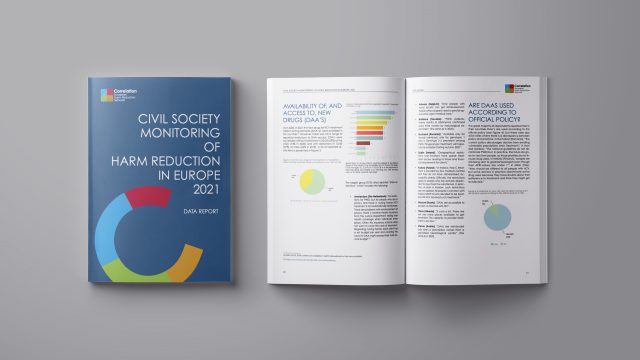Webinar Announcement
Correlation – European Harm Reduction Network is hosting an online launch and discussion of the fourth annual report of its civil society-led monitoring of Harm Reduction in Europe. The webinar will take place on the 23rd of February, 2023, from 16:00h to 17:00h CET.
2022 was one of the most consequential in recent European history, witness to a series of overlapping crises: the aftermath of the COVID-19 pandemic, Russia’s invasion of Ukraine, fast-growing population displacements, the MPOX outbreak, shrinking civil society spaces and the deepening of socioeconomic inequalities, among others.
Within this context, C-EHRN’s monitoring activities have been embedded with increased urgency. Whilst the effects of these developments have been felt in nearly everyone’s life, people who use drugs, as well as other marginalised and underserved communities, have particularly and disproportionately experienced its negative consequences. Equally, harm reduction organizations in Europe have been put to the test.
In combination with advocacy, the application of civil society-led monitoring tools is crucial to hold governments accountable and to improve the care and support that people who use drugs receive and their environments.
Together with more than one hundred organizations and individuals from thirty-four European countries, C-EHRN set up for itself the task to provide an in-depth look at Harm Reduction in Europe. To this end, the annual 2022 Data Report focused on three main themes: harm reduction essential services, Hepatitis C, and new drug trends. In addition to the data collected, this year C-EHRN conducted in-depth interviews with all its Focal Points, allowing for a richer picture of the developments from last year.
During this webinar, C-EHRN will launch and discuss its annual 2022 Data Report, including key findings, results and opportunities for civil society advocacy, service provision and policy development.
The webinar is open to harm reduction activists and service providers, civil society representatives, researchers, policy-makers and the media. The event will be held in English.
Further information:
Roberto Perez Gayo
rpgayo@correlation-net.org

